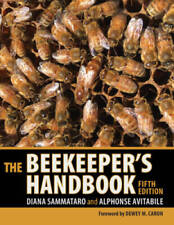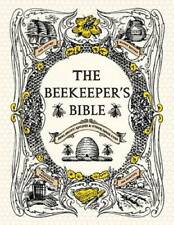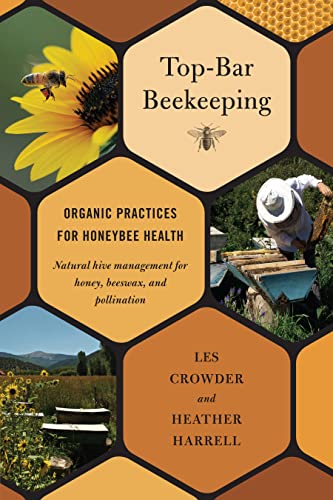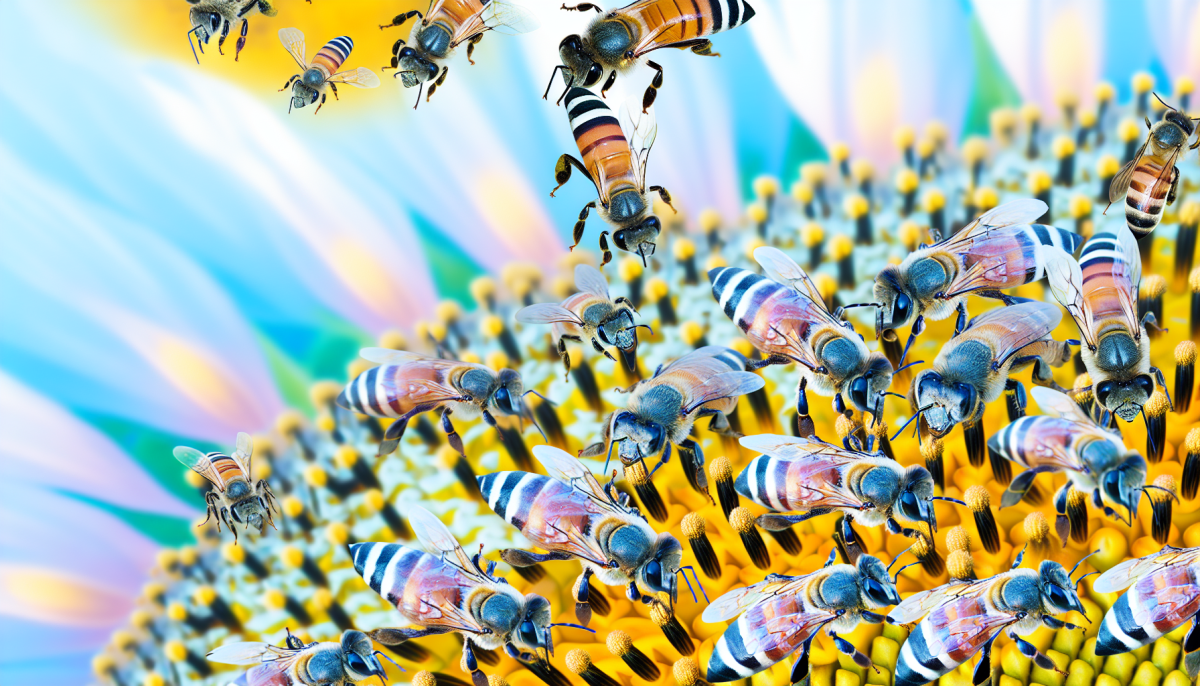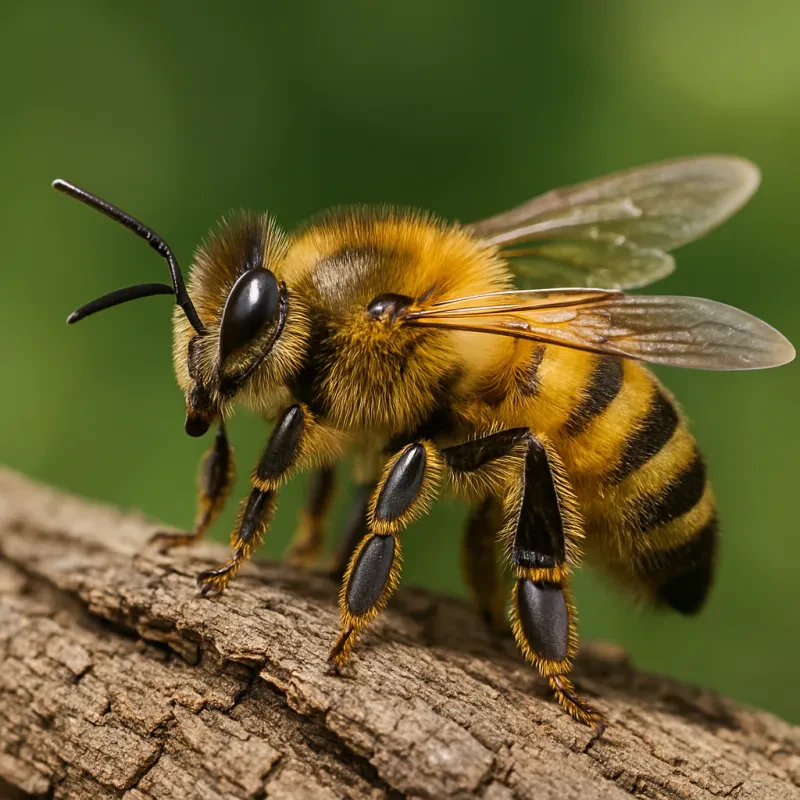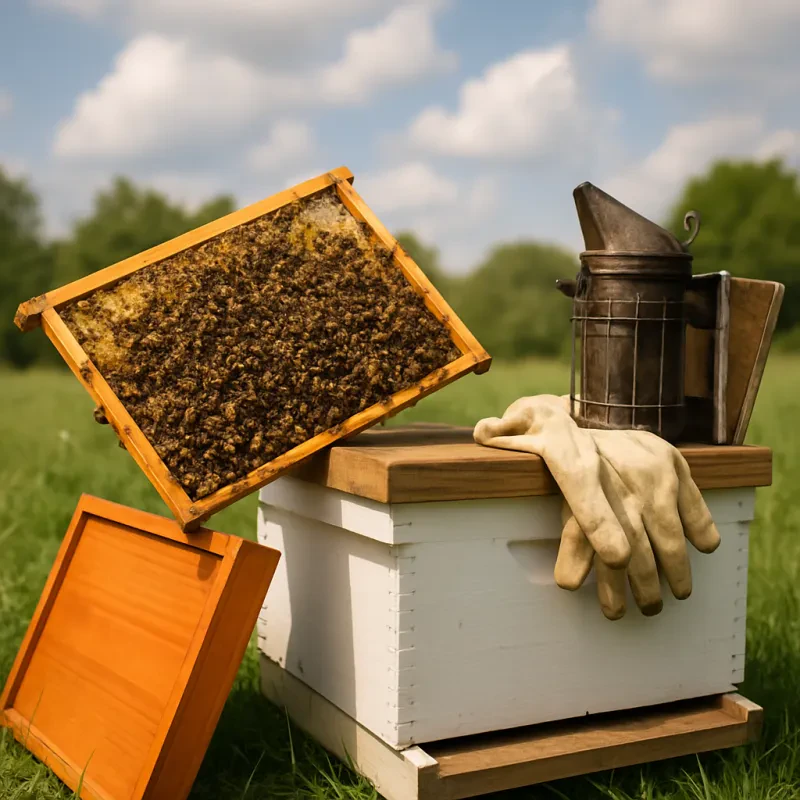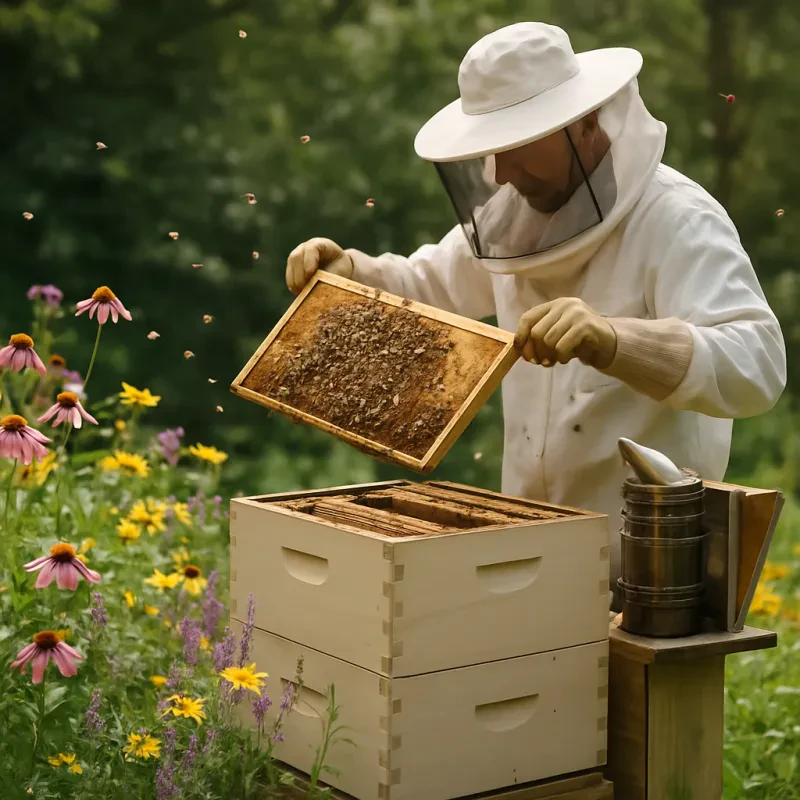Understanding the Feeding Habits of Honey Bees: A Deep Dive
Honey bees, known scientifically as Apis mellifera, are fascinating creatures with complex social structures and an essential role in our ecosystem through pollination. One of the most intriguing aspects of honey bee biology is their feeding habits. This article delves into the process of how honey bees eat, exploring their diet, the mechanics of feeding, and the pivotal role of worker bees in nourishment.
Introduction to Honey Bee Diets
Honey bees are omnivorous creatures with a diet consisting mainly of nectar and pollen from flowers. Nectar provides them with carbohydrates in the form of sugar, which is vital for energy. Pollen, on the other hand, offers a rich source of proteins, fats, vitamins, and minerals, essential for the growth and development of the colony.
The Significance of Nectar and Pollen
Nectar: A sweet liquid secreted by flowers, nectar is the primary source of energy for honey bees. The sugar in nectar fuels the bees' flight muscles and daily activities within and outside the hive.
Pollen: Collected by honey bees from flowers, pollen is a crucial dietary component for its protein content. It is vital for the development of larvae and the sustenance of the queen and worker bees.
The Process of Eating: How Honey Bees Feed
Feeding is a multi-step process in honey bees, involving collection, conversion, and consumption of nectar and pollen.
Nectar Collection and Conversion
Honey bees have a long, tube-like structure called a proboscis, which acts like a straw to suck up nectar from flowers. Once collected, the nectar is stored in a specialized stomach called the honey stomach or crop. Here, enzymes begin to break down the nectar’s complex sugars into simpler forms.
Upon returning to the hive, the forager bee regurgitates the nectar to a processor bee. This bee then continues the enzyme action, further breaking down the nectar and reducing its water content. Through repeated regurgitation and air exposure within the hive, the nectar eventually transforms into honey, a stable food source for the colony.
Pollen Collection and Usage
For pollen collection, bees use their hairy bodies to pick up pollen grains as they move from flower to flower. Using their legs, they groom the pollen and pack it into pellets on their hind legs in structures called corbiculae. Back at the hive, these pollen pellets are stored in the honeycomb cells.
To consume pollen, bees mix it with nectar to form a paste-like substance known as "bee bread." This fermentation process, aided by the hive's environment and microbial action, makes the pollen more digestible and nutritious for the colony.
Feeding the Larvae: The Role of Royal Jelly
Larval feeding is a specialized task performed by nurse bees. These bees consume large amounts of pollen and nectar to produce a secretion known as royal jelly. Royal jelly is a protein-rich substance fed to all larvae in their early developmental stages. The future queen bee, however, continues to be fed royal jelly throughout her development, a factor that enables her to become fertile.
The Social Mechanism of Feeding
The feeding habits of honey bees exemplify their highly social nature. Worker bees play a pivotal role in the collection, processing, and distribution of food within the colony. Their efficiency and division of labor ensure the survival and health of the hive.
Worker Bees: The Heart of the Hive
Worker bees are responsible for foraging for nectar and pollen, processing nectar into honey, and feeding the larvae and the queen. Their relentless work supports the colony's growth and sustenance, showcasing an exemplary model of cooperation and dedication.
Ecological Impact of Honey Bee Feeding Habits
The feeding habits of honey bees not only sustain the hive but also have a profound impact on our environment. Through pollination, bees enable the reproduction of many plants, including those critical for human food production. Understanding how honey bees eat offers insight into their complex behaviors and highlights the importance of conserving these invaluable pollinators.
In summary, the diet of honey bees, consisting of nectar and pollen, is crucial for their survival and the health of the ecosystem. The intricate process of how they collect, process, and consume their food underlines the complexity of their social structure and the efficiency of their roles within the colony. Protecting honey bees and their habitats is essential for maintaining biodiversity and securing our own food supply.

